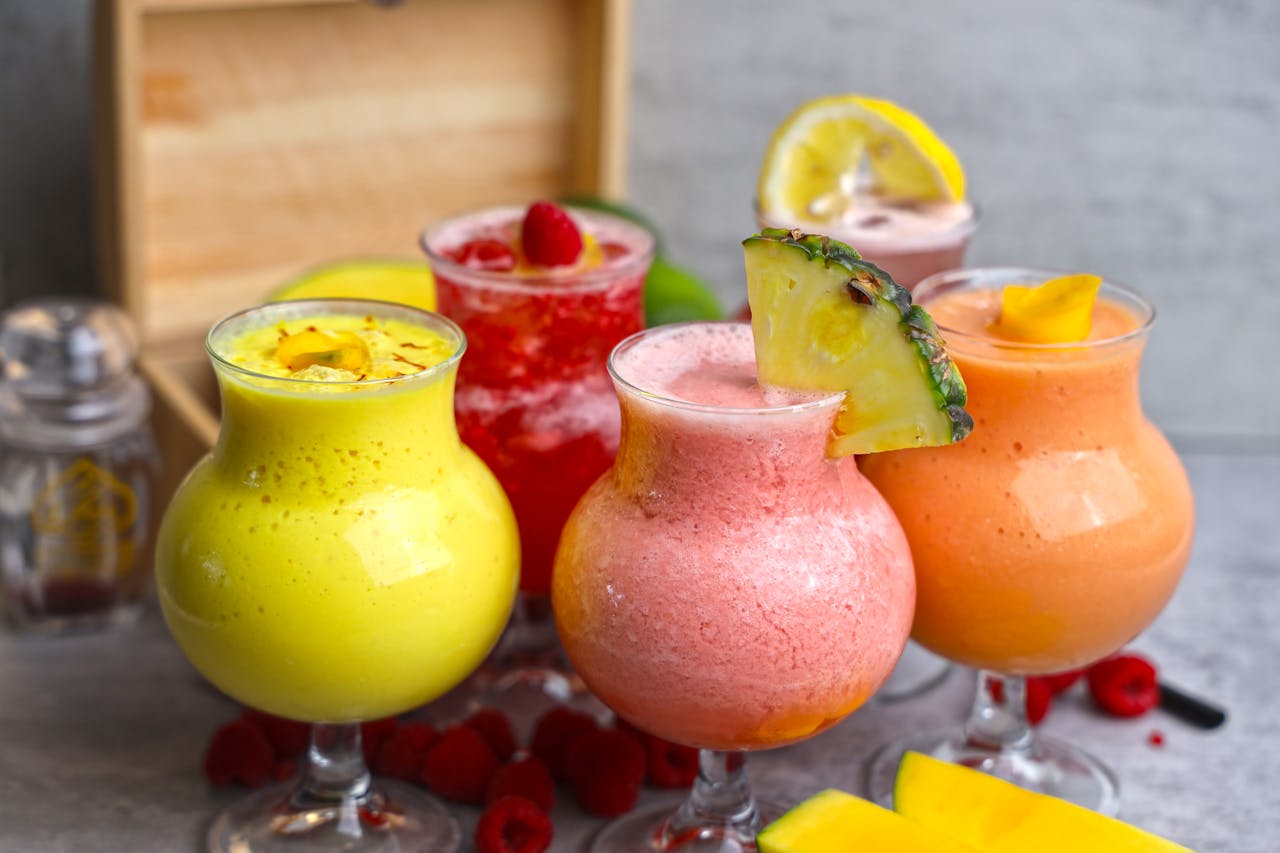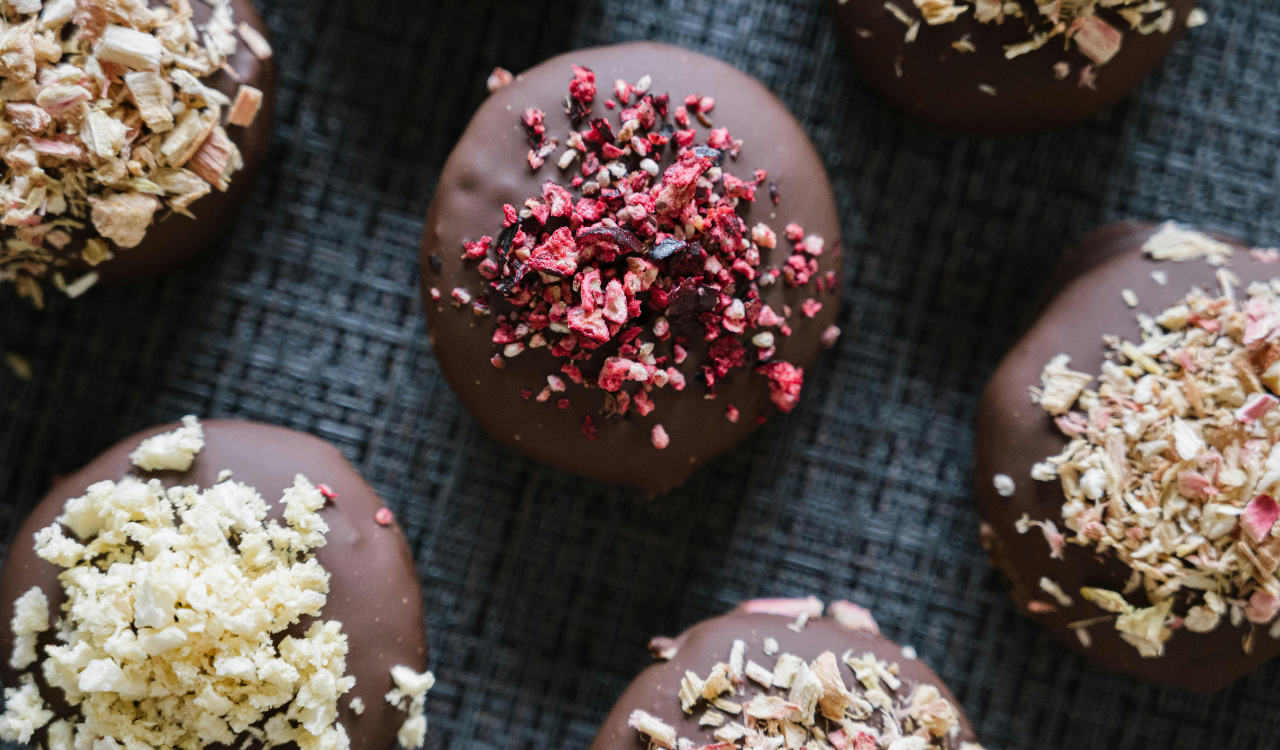11 Forgotten Grocery Brands Boomers Loved (And Smart Swaps to Try Today)

Even decades later, the names of some grocery brands evoke strong feelings of nostalgia because they are so strongly associated with early childhood memories. These goods, which ranged from breakfast essentials to favorite snacks, typified a time when convenience was paramount and supermarkets seemed like gold mines of well known packaging. However, many of those cherished names subtly vanished as times changed health regulations tightened, consumer preferences changed, and businesses changed their names. However, their legacy endures in contemporary aisles thanks to more intelligent, updated versions that uphold the same values. These are the top contemporary alternatives to the 11 traditional grocery brands that Boomers adored.
1. Aunt Jemima → Pearl Milling Company
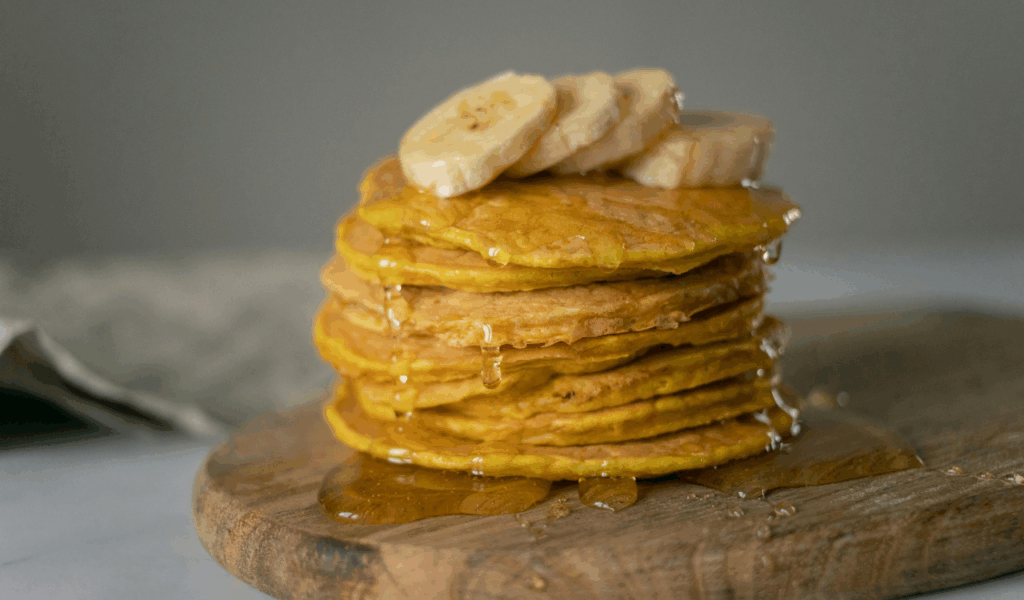
For many families, Aunt Jemima was more than just a pancake mix; it was a Saturday morning ritual. With little effort, its quick mix recipe, which was first introduced in the late 19th century, delivered warm stacks of pancakes to tables. However, the brand’s name and logo grew dated over time, leading to a deliberate rebranding as Pearl Milling Company in 2021. The recipe remained largely unchanged, providing Boomers with the comfortingly fluffy texture they are accustomed to. Today, for a healthier, just as satisfying breakfast, a whole-grain or protein-rich pancake mix combined with pure maple syrup is a wise substitution.
2. Uncle Ben’s Rice → Ben’s Original
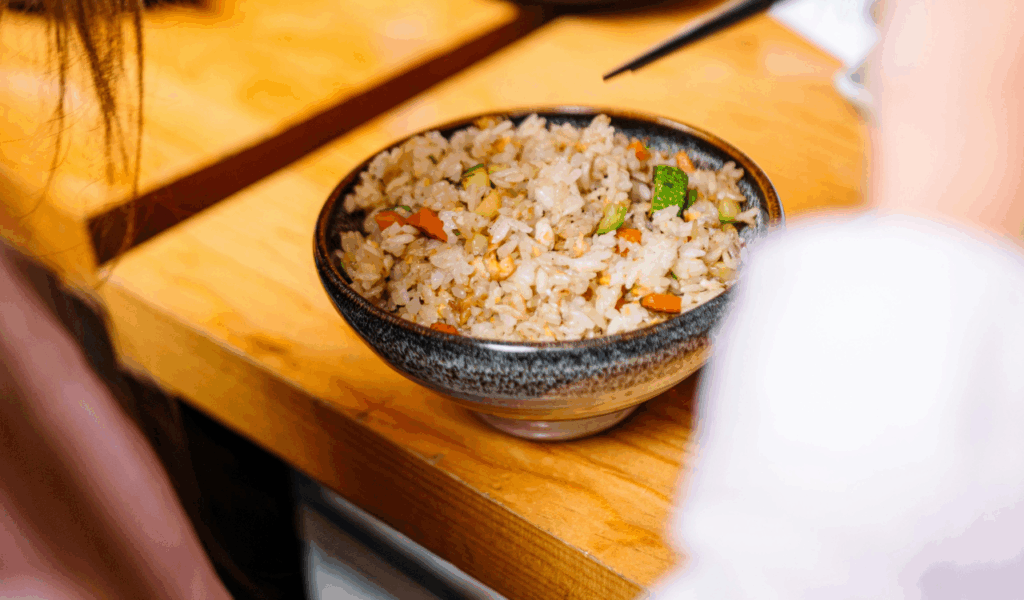
Established in the 1940s, Uncle Ben’s has come to represent convenience rice. For busy families, its famous parboiled grains were a lifesaver because they consistently produced results and cooked more quickly than regular rice. By 2020, a respectful rebranding as Ben’s Original was the result of growing cultural awareness, maintaining the same reliable product under a more inclusive moniker. Any quick cooking brown or jasmine rice that has little sodium and no preservatives is a wise substitute nowadays; it offers the same simplicity while adhering to contemporary dietary guidelines and social consciousness.
3. Eskimo Pie → Edy’s Pie

Eskimo Pie was a symbol of unadulterated happiness for a large portion of the 20th century. One of the first chocolate covered ice cream bars in America, it was created in 1921 and quickly gained popularity among both adults and children. In order to eliminate culturally offensive language while maintaining the same mouthwatering idea, the company changed its name to Edy’s Pie by 2020. Smart substitutes abound in today’s freezer aisles: plant based frozen treats, dairy-free bars, and low sugar ice creams that satisfy contemporary dietary requirements without sacrificing flavor or texture while preserving nostalgia.
4. SnackWell’s Cookies

You probably recall SnackWell’s if you recall the fat-free fad of the 1990s. During the low-fat movement, when consumers were looking for guilt-free indulgence, these cookies flew off the shelves. Regretfully, their increased sugar content didn’t align with contemporary health trends, and by 2022, the brand had quietly vanished. The promise of balance, which today’s clever substitutes better fulfill, is what made them memorable. Look for cookies made with whole grains, oats, and real cocoa, which provide fiber, flavor, and moderation without depending on antiquated “diet food” advertising.
5. Jell-O Pudding Pops
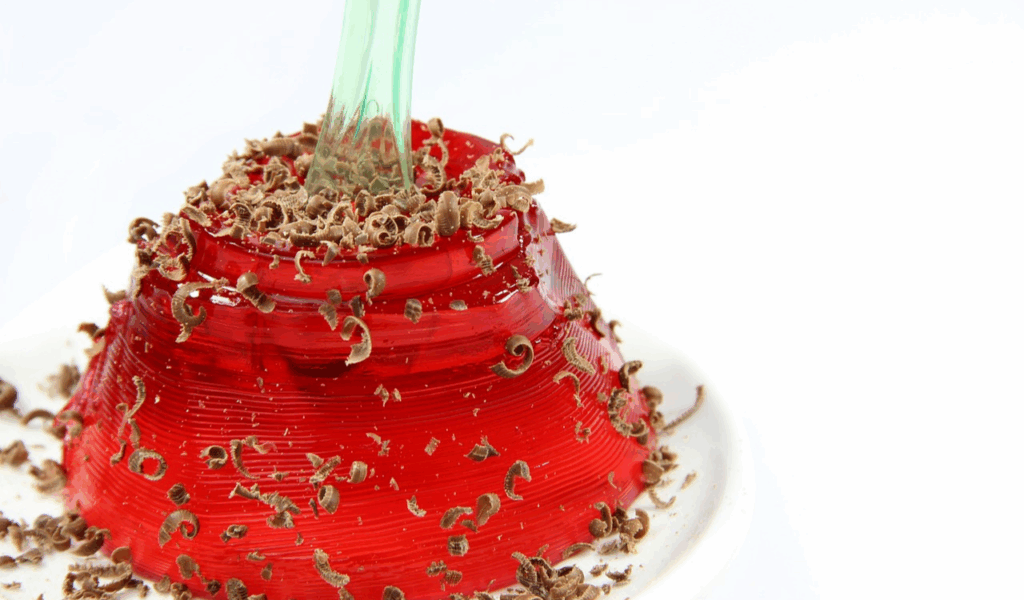
Jell-O Pudding Pops were the only frozen treat that perfectly encapsulated childhood. These creamy pops, which were first introduced in the 1980s, blended the cool pleasure of ice cream with the velvety richness of pudding. They were widely adored, simple to grasp, and less messy than a scoop. As frozen snack trends evolved in the early 2000s, production ceased despite their popularity. Making your own version at home with milk, instant pudding, and reusable molds is a smart substitute these days. For a protein-rich, lower-sugar take on this classic treat, try frozen Greek yogurt pops.
6. Hydrox Cookies
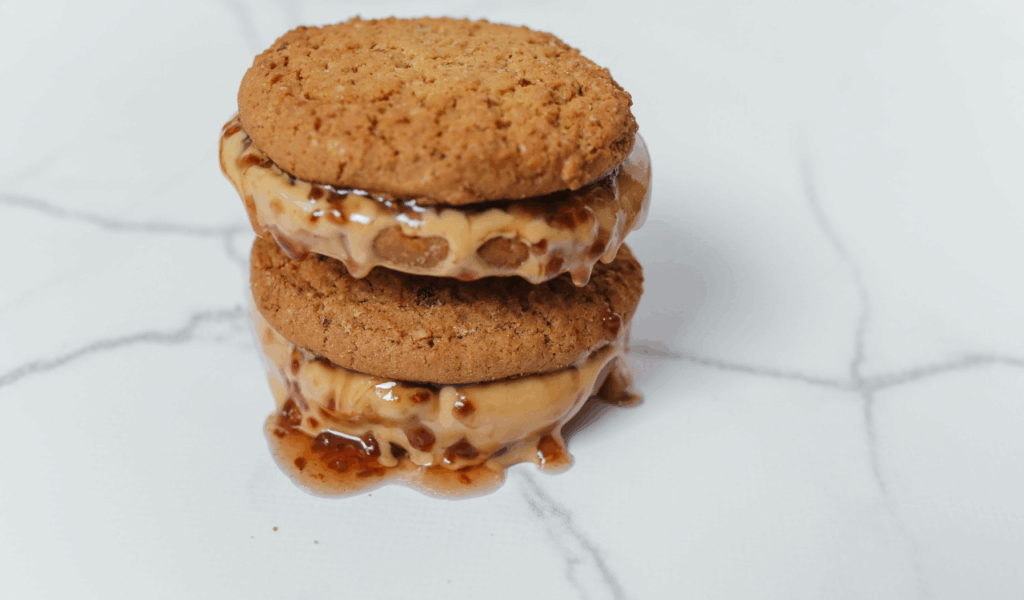
Hydrox was the first chocolate sandwich cookie before Oreos took over lunchboxes. When it was first introduced in 1908, adults who valued balance over richness were drawn to its crisp wafers and less-sweet filling. However, marketing power ultimately overshadowed it. Despite a recent resurgence, the brand is still uncommon in retail establishments. Select an organic or fair-trade chocolate cookie made with real cocoa and cane sugar for a contemporary substitute. By prioritizing flavor over tricks and preserving that classic crunch, these substitutions preserve Hydrox’s original integrity.
7. Tab Diet Cola

Coca-Cola’s first foray into diet sodas, Tab swiftly rose to fame in the 1960s. It gave calorie-conscious consumers something daring and novel with its vivid pink can and unique flavor. Before being phased out in 2020 and replaced by more recent zero-sugar colas, it remained popular into the 1980s. A more contemporary substitute that offers the same bubbly refreshment without the use of artificial sweeteners is flavored sparkling water or soda sweetened with stevia. It’s a healthier version of the same concept-a fizzy, light beverage that still feels like a little treat.
8. Certs Mints
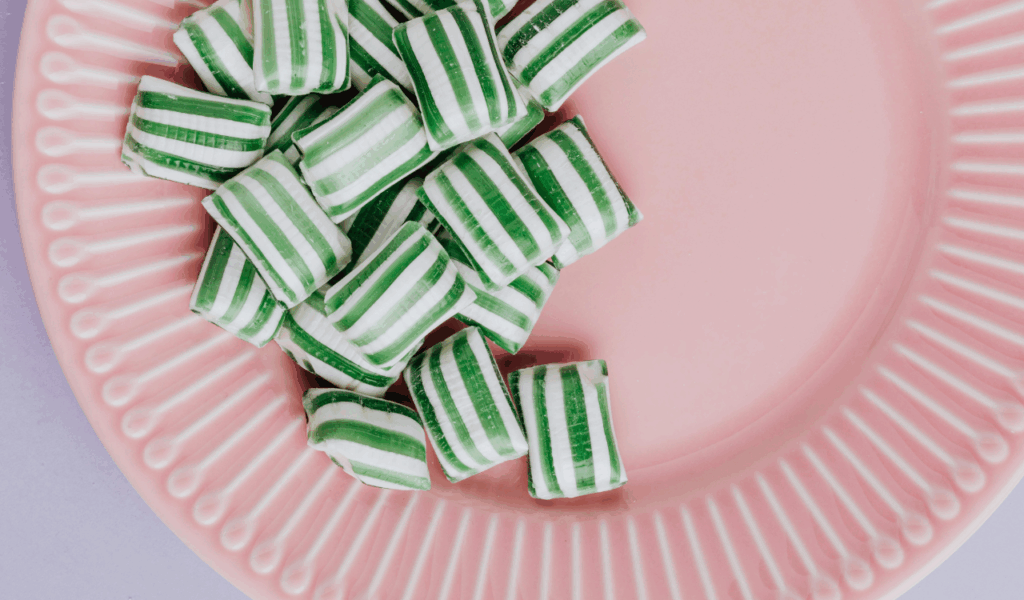
Certs were a social necessity for Boomers, not just a breath mint. Every pocket and purse can accommodate small rolls of peppermint or spearmint tablets. Certs, which was marketed with the appealing claim of “Retsyn freshness,” was the standard mint for many years. However, they vanished from stores in 2022 as sugar-free mints gained popularity and ingredient regulations changed. Mints with xylitol or natural oils, which improve breath and shield teeth, are smart substitutes that put a contemporary twist on a classic beverage.
9. Mrs. Dash Seasonings → Dash

When Mrs. Dash was introduced in the 1980s, it quickly became the preferred salt-free seasoning for home cooks looking to add taste without adding sodium. It was developed by Carol Bernick and provided a combination of spices and herbs that enhanced any meal. The “Mrs.” was removed in 2020 in an effort to update the brand’s image; it is now just Dash. Worldwide, the blends are still widely used for low-sodium cooking. To maintain the same flavor philosophy at home, make your own healthy, salt-free seasoning by combining dried herbs like basil, oregano, garlic, and lemon zest.
10. Sunshine Hi Ho Crackers
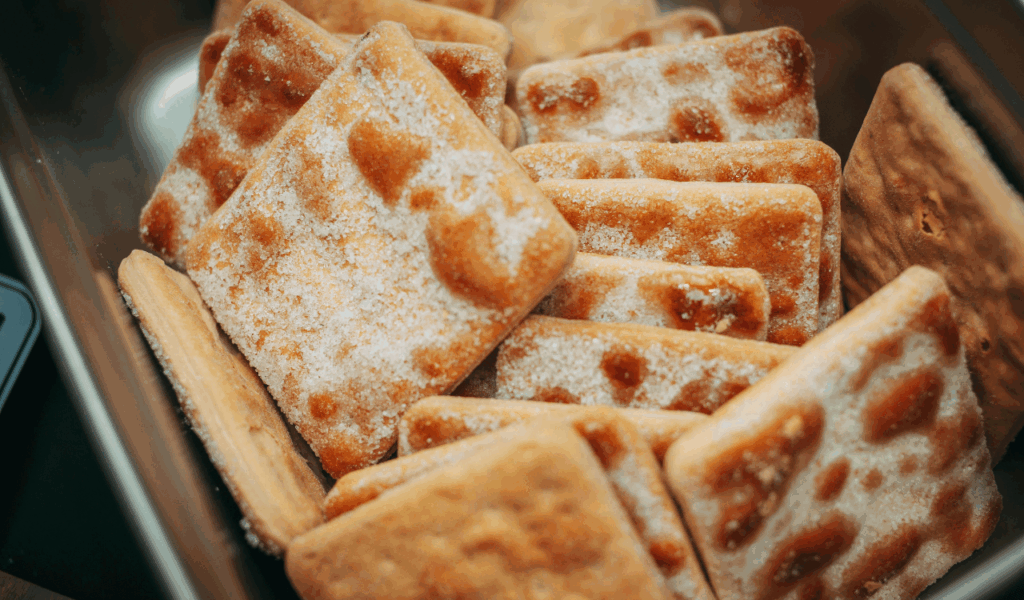
Sunshine Hi Ho Crackers were the sophisticated option for serving with cheese or soups prior to Ritz taking over the cracker section. They were pantry staples in the middle of the 20th century because they were buttery, crisp, and light. They disappeared following corporate mergers in the 1990s, but comparable baked snacks continue to carry on their legacy. A whole-grain or seeded cracker provides the same crunch but with extra nutrients, making it the clever modern equivalent. They replicate the straightforward satisfaction that Hi Ho once provided, whether it be for charcuterie boards or afternoon snacks.
11. Space Food Sticks
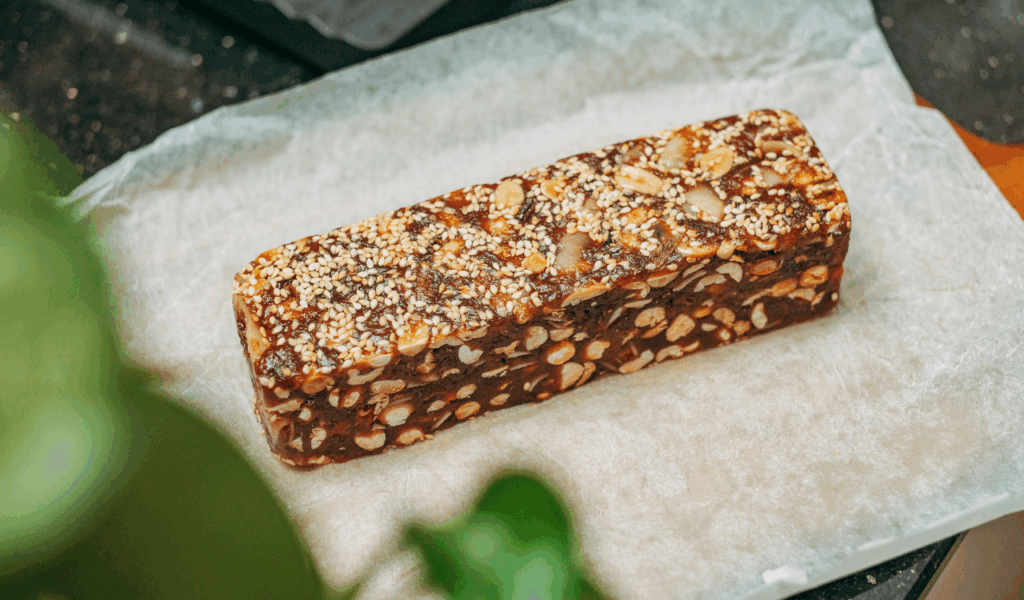
Pillsbury’s Space Food Sticks were promoted as futuristic energy snacks, drawing inspiration from NASA’s space missions in the 1960s. They were basically chewy, sweet protein bars, but they promised a quick, balanced source of nutrition for both astronauts and children. They invented the idea of on-the-go snacking that characterizes the market today, despite being phased out in the 1980s. Modern energy or protein bars made with nuts, oats, and natural sweeteners are smart substitutes; they are still portable and quick, but they are now genuinely nourishing and deserving of their celestial inspiration.
